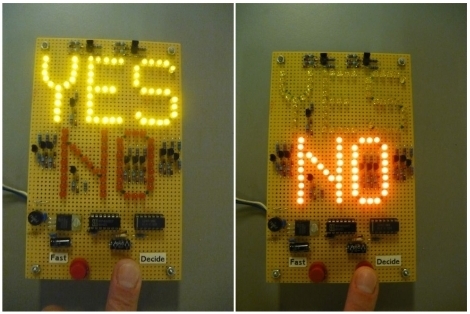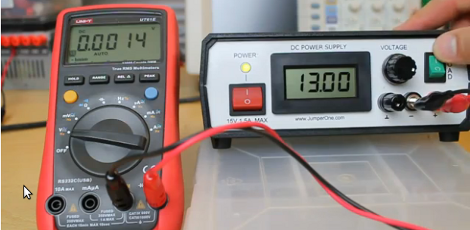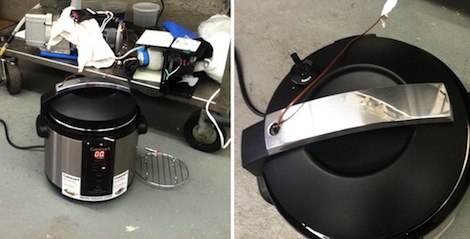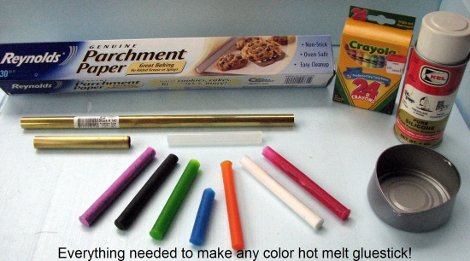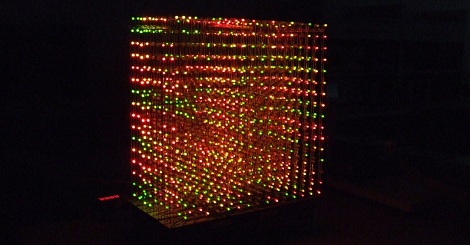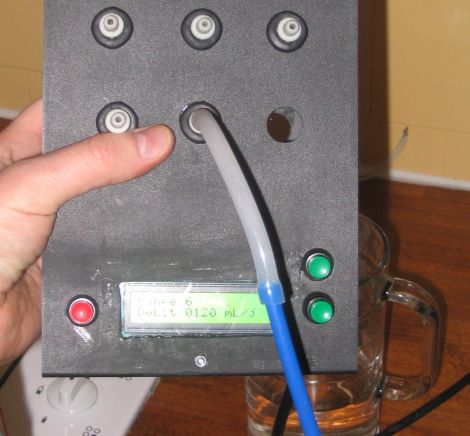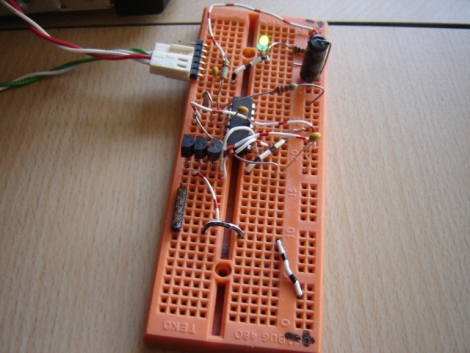
[hedgehoginventions] wrote in to share a little modification he made to his video card in order to keep it from overheating during strenuous 3D tasks. Having swapped out the stock cooler on his Nvidia 9600GT graphics card, he found that it did not need to utilize the fan while doing mundane things like checking email, but that it still required extra air flow while playing games.
He figured he get the fan to shut off by tweaking the PWM signal, but he found that he could not get the duty cycle under 20% using software, which still caused the fan to run at all times. The circuit he built takes the PWM signal output by the card, cleaning it up before converting it to a corresponding DC voltage. The fan then runs at the same speed it would if driven directly by the PWM signal, though it can now turn off completely when not required.
It’s a nice way to do automatic fan control when you can’t otherwise get your GPU fan to shut off. Nice work!

